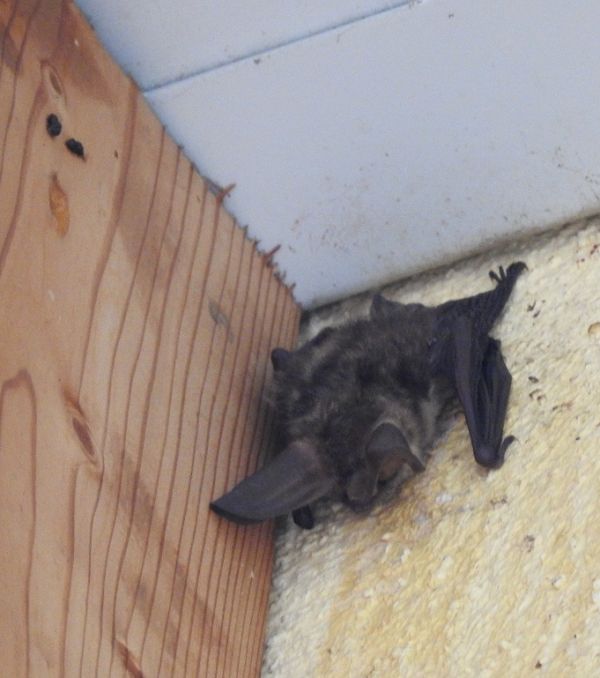Look up while out and about and you may just see the fantastic sight of a bat in flight as they emerge this spring. Lydia Riddell, Biodiversity Project Officer at the Department of Environment, Food and Agriculture (DEFA), tells us more about these beguiling creatures:
When was the last time you saw the swooping and darting of bats overhead? Perhaps at dusk on a warm autumnal evening last year?
As mammals, bats are susceptible to changes in the weather and follow a strict yearly cycle that runs with the seasons. Now, as the days grow longer and spring has sprung, it’s worth checking above the treeline, as it’s not only the buds on trees that are emerging ready for warmer weather.
Bats are the only mammal capable of flying, and make up almost a quarter of all UK mammals. Our Island is home to nine resident species of bats; the Common pipistrelle, Soprano pipistrelle, Nathusius pipistrelle, Brown long-eared bat, Daubenton’s bat, Leisler’s bat, Natterer’s bat, Whiskered bat and the Lesser horse-shoe bat.
As bats are not able to build nests or make burrows, they will find a roost that already exists and is free from damp and has a constant temperature. While, typically, bats are thought to roost in caves, the bats on our Island have evolved to roost in hollow trees and man-made structures such as barns and the roofs of buildings.

A bat roost on the outside of a building
All native species of bats and their roosts are protected on the Isle of Man. If you have bats on your property and you intend to do works which might affect bats or a roost site (whether bats are present or not at the time), you should contact the Ecosystem Policy Team for advice, via ecopolicy@gov.im, or the Manx Bat Group.
Over winter, the bats have been in a state of torpor, meaning that the bats drastically reduce their body temperature and metabolic rate so that their hearts beat just a couple of times a minute and they’re barely breathing. They do this to save energy and only emerge on warmer nights when their insect food is flying; if a cold snap follows, they go back in to torpor.
On warm, spring, nights bats are feeding up and females are starting to return their traditional maternity roosts (roosts of mainly female bats where they have their young).
Read our newsletter for updates on bats this summer, autumn and winter.
In the next update, we will find out more about bats and their babies.


